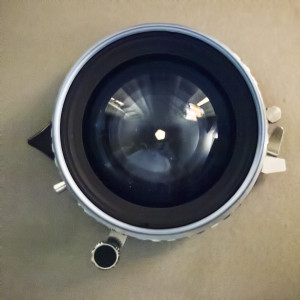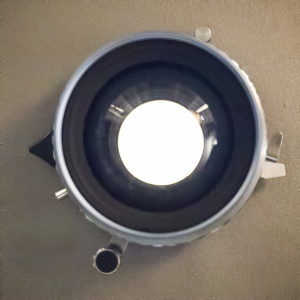Sometimes I understand the way one person says things better than others. So here in my words are a few comments about camera settings that may help us know our cameras better. Photo editing software may allow me to compensate for less than ideal exposures, but better results come with good initial captures.
Loosely defined, these settings are:
- Aperture: The size of the lens opening relative to the distance from the sensor.
- Time: How long the lens is open for light to pass, how long the sensor is recording.
- Sensitivity: How long it will take for the sensor to record enough data for an image.
Today, I’ll discuss number one, the aperture. Aperture, the diameter of the opening for light, is expressed as an f-stop. The higher the f-number is; the smaller the opening. The f-number is equal to the distance from the aperture opening to the sensor divided by the diameter of the opening. If I had a gigantic camera with a one mile diameter opening that was sixteen miles from my gigantic sensor, my aperture would be f/16. Sixteen miles distance divided by one mile diameter is f/16. Fortunately, my camera is smaller, but because f-stops are ratios they work at any scale.
One impact of my choice of aperture is how much of my photo is sharply in focus. The smaller the aperture (higher f-stop), the greater percentage of the distance in my capture from foreground to background is sharply in focus. The larger the light opening (lower f-stop), the less depth of field is in focus. High f-stops are ideal for lots of sharp detail in my image, maybe for a landscape or architectural shot. Low f-stops allow for selective focus, so I can, for instance, take a portrait shot of someone where they are in focus, but the background is softly focussed.
Next time, I’ll take a look at time and sensitivity.

